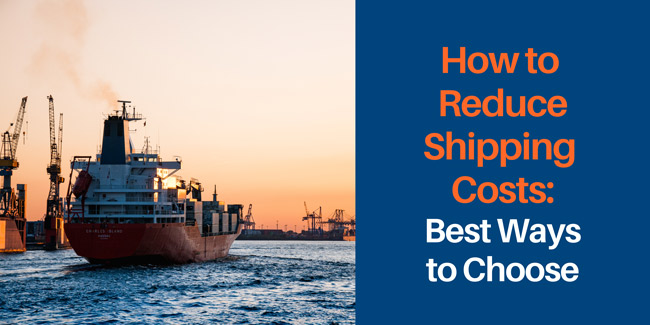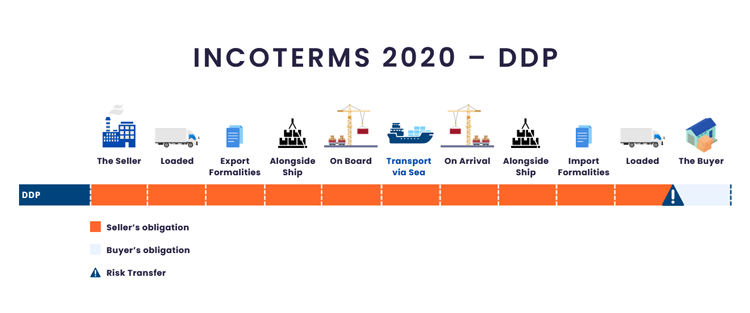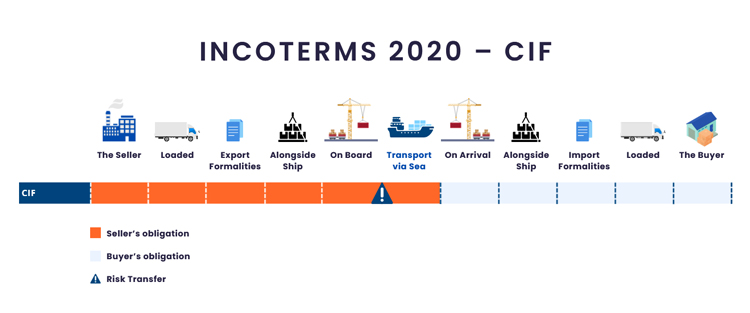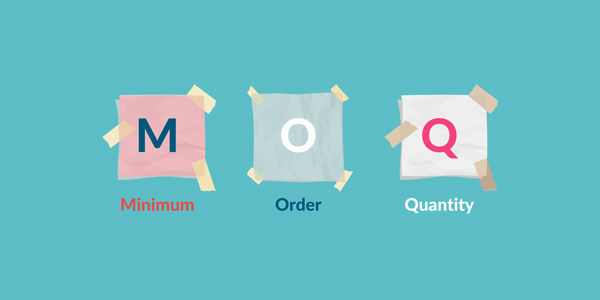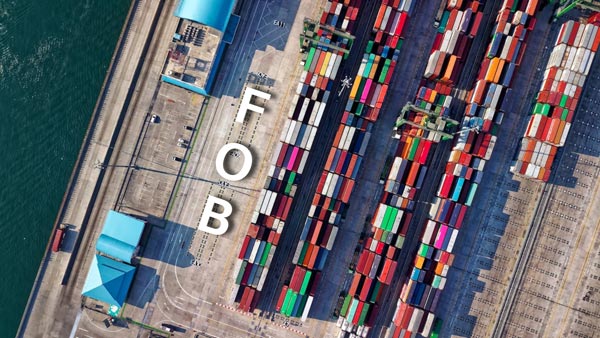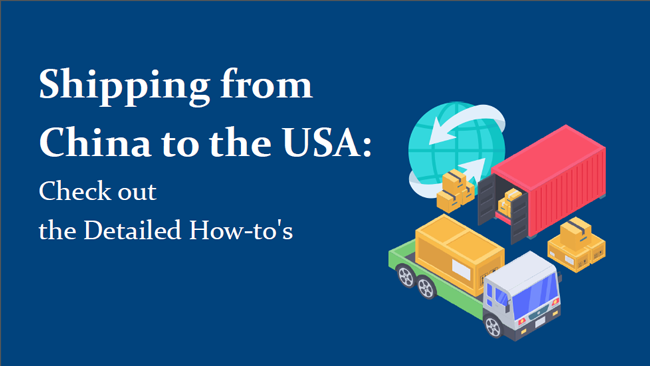Best Tips for Reducing Shipping Costs in Supply Chain
- Date:
- Author: SVI Content Team
- Share:
Shipping costs make up a significant portion of your total expenses when shipping goods from one country to another. They can have a direct impact on your profit margins. A well-planned shipping strategy helps you keep more of your earnings, while poor planning can erode profits and even force you to raise prices, potentially frustrating customers.
In this guide, we’ll walk you through how to reduce shipping costs with practical and strategic approaches. By knowing what drives these expenses, you can protect your margins and maintain your edge in the market while reducing logistics costs and improving efficiency.
Part 1. What Factors Affect Your Shipping Costs in Supply Chain?
To accurately calculate your logistics costs and plan your budgets, you need to have a clear understanding of the components involved. These can be divided into 2 parts: fixed expenses that can be calculated upfront, and fluctuating expenses influenced by unforeseen factors.
Fixed Costs – predictable costs based on shipment details:
- Weight and dimensions
- Distance between the origin and destination
- Transport mode (LCL, FCL)
- Product types (hazardous, perishable, fragile)
Fluctuating Costs – variable costs affected by market and external conditions:
- Fuel costs
- Market supply and demand
- Peak and slack season
- Capacity constraints
- Supply chain disruptions
- Customs and duties
- Surcharges and insurance
Need Help for Your Sourcing Project?
Let SVI Global find the right suppliers and manage your project.
We guarantee quality and on-time delivery!
Part 2. 10 Practical Ways to Reduce Transportation Costs
There are many ways you can apply to optimize your shipping freight during overseas sourcing. Below are the methods for you to learn how to reduce transportation cost in logistics.
Way 1: Choose the Right Transportation Method
Your choice of shipping method plays the biggest role in determining your freight bill. While ocean freight is generally the most cost-effective for bulk shipments, it’s not always the best fit for every scenario.
- Ocean freight: Ideal for large, heavy, and less time-sensitive goods traveling long distances.
- Air freight: Ideal for low-volume, high-value, and urgent shipments where speed outweighs cost.
- Multimodal solutions: Combining transport modes (e.g., rail + sea) or rerouting can bypass congested routes, avoid delays, and reduce over-reliance on single routes and shipping modes during disruptions.
In recent years, global transportation has undergone significant changes. It is crucial to reevaluate transportation options. Weigh your product type, urgency, shipment size, and destination before booking.
Way 2: Consolidate Multiple Orders into One Shipment
Booking an entire container is more cost-effective if your cargo can fill a 20-foot container or larger. If not, combine multiple orders until you can send a Full Container Load (FCL). You can schedule regular shipments by packing your goods together, instead of arranging small and frequent shipments.
Freight consolidation can maximize space, lower per-unit costs, and reduce cargo handling fees.
Way 3: Group Shipments with Other Buyers
If there are not enough orders to fill a full container, it is a good way to share container space with other importers shipping to the same destination.
Let freight forwarders help to load, unload, stack, and transport goods from multiple buyers into one container efficiently. And you pay only for the space you used. This is a favourable approach for small businesses to reduce logistics costs.
Way 4: Optimize Cargo Packaging
Poor packaging may waste space, and you could end up paying to ship “air.” Efficient packaging to minimize weight and volume or your products can save thousands in shipping costs.
- For regular products: Use the right-sized packaging and lightweight yet protective materials
- For fragile or hazardous goods: Use proper protective packaging to prevent damage and costly claims or reshipments.
- Consider floor-loading containers instead of pallets to fit more cargo per shipment if possible.
Way 5: Negotiate Better Shipping Terms
Take advantage of your shipping frequency and volumes to secure discounts or favorable terms with freight forwarders. If you ship regularly, you have bargaining power in reducing transport costs.
- Compare quotes from multiple freight forwarders.
- Negotiate lower rates or extras like free storage days or reduced handling fees.
- Lock in contract rates for a period to protect against price surges.
Way 6: Leverage Incoterms like DDP, CIF
Choose Incoterms strategically to optimize cost responsibilities and avoid hidden fees. The most common ones are:
- DDP (Delivered Duty Paid): Seller covers all costs until delivery. Good for predictable total costs.
- CIF (Cost, Insurance, Freight): Buyer pays for inland costs and customs at the destination.
Remember, always ask your freight forwarder for a full cost breakdown before agreeing.
Way 7: Try Not to Ship during Peak Seasons and Holidays
Freight rates can fluctuate daily, driven by changes in shipping capacity and demand. Typically, arranging shipments in advance and shipping during off-peak times can access better rates and faster lead times.
The shipping rates in peak seasons will be higher than usual, as demand spikes can strain shipping capacity. Rates can jump by about 15% to 50% during high-demand months in international shipping.
According to the news, during the early peak in June, Yantian–Los Angeles rates rose 8.9% in four days from June 6, Ningbo–Los Angeles rates jumped 11%, U.S. East Coast rates surged 60%, and the Freightos Baltic Index doubled.
The common peak periods include:
- July–August (pre-holiday stocking) – Back-to-school sales and preparations for year-end holidays (Halloween, Christmas) drive the need for most consumer goods like electronics, toys, apparel, and school supplies. Rates often start climbing in June.
- Golden Week (China, October 1–7) – Golden Week is a national holiday in China that leads to factory closures and a slowdown in production. With Halloween, Black Friday, Cyber Monday, and Christmas approaching, many shippers rush orders before this break, pushing rates up.
- Chinese New Year (January to early February) – Factories in China and Southeast Asia will shut down for a week or more to celebrate the holiday. Therefore, lots of exporters will speed up shipments a few weeks before the festival, creating a temporary surge in freight rates.
Way 8: Work with Multiple Carriers to Avoid Cost Spikes
Relying on a single carrier leaves you vulnerable to sudden rate hikes or capacity issues.
Using multiple carriers gives you more flexibility to compare rates and service levels or switch if one provider faces delays or cost increases.
What’s more, regularly benchmarking your freight quotes from shipping partners can minimize the risks of fuel surcharge spikes, capacity crunches or shipping disruptions.
Way 9: Distribute Warehouse Locations Smartly
It’s useful to cut your inland transport costs when your goods are close to your customers. This can be further optimized by:
- Choose ports with lower fees and faster customs clearance.
- Use bonded warehouses or Free Trade Zones (FTZs) to delay duties and improve cash flow.
- Consider transloading near the destination port to separate cargo for multiple destinations, saving on trucking and delivery.
Way 10: Classify HS Codes Strategically
Correct HS (Harmonized System) code classification can lower your customs duties. Some products fit into multiple tariff categories; choose the one that’s legally accurate but offers a lower duty rate to minimize customs costs.
You can also work with a customs broker to ensure compliance and avoid mistakes, if you have no idea how to reduce cost in logistics in this way.
Part 3. What Can You Benefit from Tips for Reducing Shipping Costs?
1. Improve Profit Margins
Lower shipping costs can reduce per-unit expense and earn more from the same shipping volume.
2. Free Up Capital
Money saved on shipping can be reinvested strategically in company growth, research & development, or marketing.
3. Increase Competitiveness in Target Markets
Effective cost control in shipping helps you maintain stable pricing during sudden spikes in fuel or freight rates. It is good to keep your products competitive without unexpected price hikes.
4. Support Sustainability Goals
Choosing cost-efficient transport methods like ocean freight reduces emissions. Using recycled or reusable packaging further cuts waste. More and more companies pay attention to sustainable development in the supply chain, and these efficient strategies allow you to align with the goal.
5. Build Resilience Against Disruptions
Leaving yourself alternative options and contingency plans is important to adapt quickly during the volatile supply chain.
Conclusion
Global shipping is unpredictable, making it essential for businesses to know how to reduce shipping costs effectively. While the methods we’ve covered can help, the goal isn’t only to cut expenses, but to create an efficient and resilient supply chain that can minimize the impact of disruptions.
Implementing the right strategies can keep your shipping expenses steady or lower them. The key is to stay informed on market trends, monitor freight rate changes, and partner with experienced logistics partners.
SVI Global, as a helper in sourcing suppliers and products for you, a global importer, we help arrange shipping if you want to tap into the world of how to reduce transportation in supply chain quickly. We monitor market shifts and manage your shipments according to your specific needs, so you can focus on growth while keeping your logistics under control.

